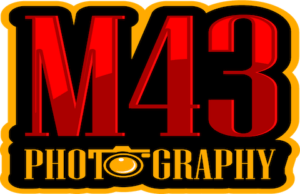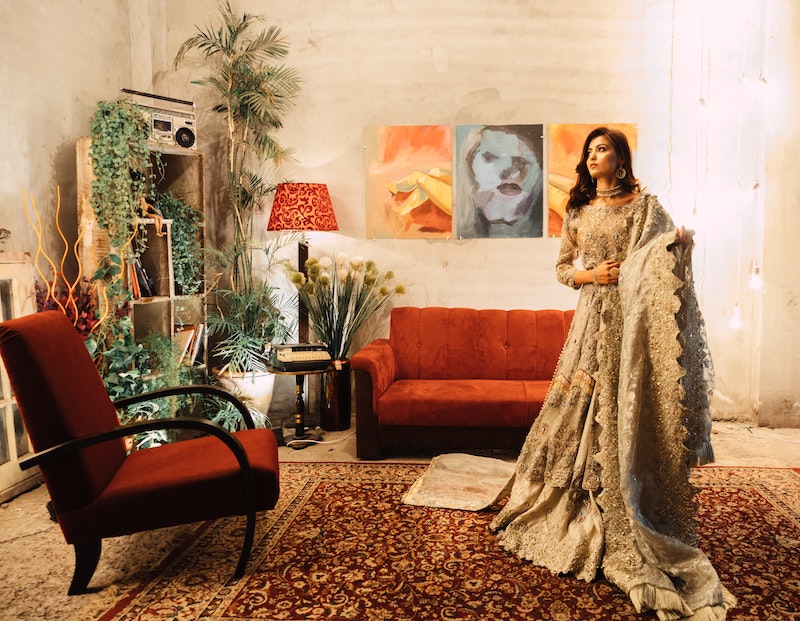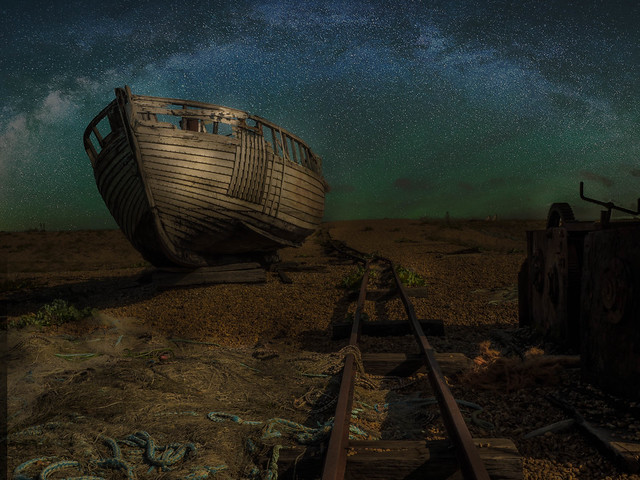Fine art photography is an area of photography where the photographer aspires to capture images that evoke emotions or provide food for thought.
is an area of photography where the photographer aspires to capture images that evoke emotions or provide food for thought.
It is the one area of photography where creative expression reigns supreme and thoroughly encapsulates the idea that photographers are artists who paint with light.
Fine art is also open to all levels of photographers. You can get started regardless of the equipment you choose to use in pursuit of creative expression.
Micro four-thirds cameras are growing to be a preferred format for many fine art photographers.
are growing to be a preferred format for many fine art photographers.
The micro four-thirds cameras provide equipment at all levels and price ranges. Many models are surprisingly affordable for the budget-conscious photographer.
However, they are nonetheless still capable of incredible feats of imagery.
For those wishing to take their fine art photography to the next level, semi-professional, and professional M43 cameras are available with more than enough features which allow for almost limitless experimentation.
Creating fine art photographs demands a deep understanding of the interaction of light with objects in the world and how the camera will record it according to the settings you have chosen.
When pursuing photography as a fine art medium, the technical limitations of your micro four-thirds equipment will be taken to the very edge of what is possible.
However, today’s models are more than up to the task of pushing the boundaries.
How Photography Becomes Fine Art
There’s no cookie-cutter definition for photography as fine art. However, the goal of the fine art photographer is to make a statement, capture an idea or emotion, or convey a message.
It goes beyond creating a photographic record, family portrait , or historical recording of events through imagery.
, or historical recording of events through imagery.
The artistic statement or idea could be anything the artist has in mind. Recording the subject is not the prime motivation, because it’s more about the concept.
You can use fine art images to show people the world from a new angle or perspective.
For example, the way sunlight passes through a seed pod in the sun, or the interaction of light, ripples, and reflections in a puddle on a wet day. The latter perfectly capturing the somber mood of a cold and rainy day.
How to Become a Fine Art Photographer
You don’t need a university degree to become a fine art photographer. You will need a detailed understanding of your camera’s operations and how the settings affect the behavior of light hitting the sensors.
Micro four thirds closely match full-frame mirrorless cameras and DSLRs in terms of features these days.
Micro 4/3 camera’s small form factor can provide an advantage for photographers who enjoy experimenting out in the field.
Micro Four Thirds Fine Art Photography Ideas
The potential for capturing everyday scenes from different perspectives is boundless. If you’re the creative type, you should have no trouble coming up with ideas to create fascinating images. These images force your viewer to look twice or make them wonder about your technique.
Write down ideas as they come to you, and once you have a list go through and choose ones based on:
- How passionate are you about the topic?
- What are your favorite subjects (buildings, water, macro, people, etc.)
- What are your favorite techniques?
- Do you want to convey a message with your imagery (loneliness, happiness, hidden world)
If inspiration is proving elusive, check out the following ideas to help you re-ignite your creative spark.
Reflections of Light
Changing your perspective can open the floodgates for ideas. For instance, the side of a building provides the basis of a surreal landscape when you capture the reflection of the building through warped metal.
Likewise, an adjacent body of flowing water or even something as simple as a puddle can be used to view the world from a not so commonly observed perspective.
Reflections create almost unlimited opportunities for creativity. Check out the images below for great examples of what you can do just by observing the world through a reflection.
Using Refraction as Art
The interaction of light through water and glass provides infinite possibilities for creating stunning photographs.
It’s a landscape that is hiding in plain sight, and all you need to do to explore it is get up close or down low. The interaction of light through water droplets and glass set the scenes for these mesmerizing images.
Playing with Motion Blur and Exposure
Motion blur can be used to create illusory images that defy the imagination. Especially at night when you play with exposure on fast-moving bright lights, or the heavens are lit up with stars.
Fine Art Portrait Photography
Portrait photography , when attempted as a fine art project, can achieve images that will add dramatic flair or stir the emotions to create something worthy of a place on the wall.
, when attempted as a fine art project, can achieve images that will add dramatic flair or stir the emotions to create something worthy of a place on the wall.
Fine art portraits can make use of props or unique settings to capture the personality and style of the subject. Other tricks of the trade are a clever use of lighting, grayscale, and images that capture a moment in the life of the subject.
Getting Started with Minimal Gear
You don’t need high-end equipment to start your journey into fine-art photography. However, you do need to think about the types of images you want to capture.
A study on droplets of water or the life of insects will require a camera setup with a decent macro function and lens to suit.
Micro four-thirds cameras have a superb range of macro lenses available such as the M.ZUIKO Digital 30 f/3.5 Macro ED MSC, or the M.ZUIKO Digital ED 60mm f/2.8 (60mm and 120mm 35mm equivalents respectively).
Combine either of these with the Olympus OM-D E-M1 Mark II or the Panasonic DMC-GX85, and you have a decent setup for recording beautiful images of a hidden landscape.
A lot of opportunities for fine art photographs will present themselves when the weather is not too favorable.
A camera with a sturdy body and some degree of weatherproofing will be essential if you want to build a portfolio featuring a rain-soaked world. In this case, the OM-D E-M1 Mark II also has you covered as well.
As you can see, micro four-thirds cameras will get you off to a good start with fine art photography.
Today’s models are so capable and affordable; once you start using them, you may never feel the need to ‘upgrade’ to a larger, more cumbersome format.













